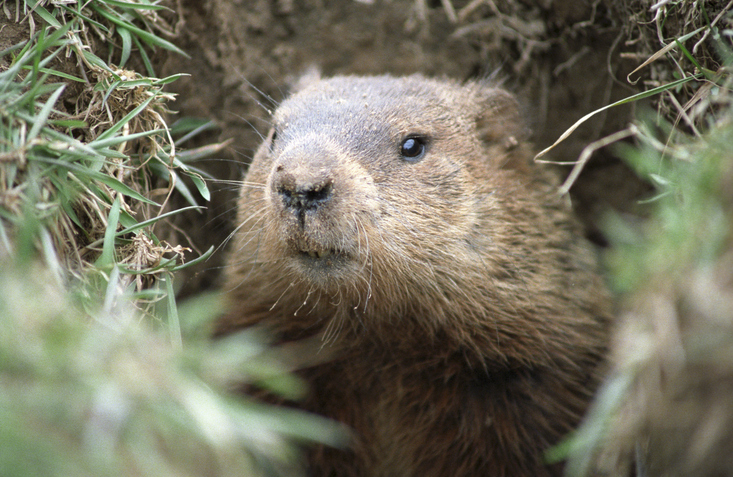Writing
05 Feb Equity in Grants Series: Writing with a Racial Equity Lens by Kellie Brungard, GPC
Every February, the U.S. honors the cultural heritage, adversities, and African American leaders and movements that have shaped the nation. President Gerald R. Ford officially recognized Black History Month in 1976, calling the nation to “seize the opportunity to honor the too-often neglected accomplishments of Black Americans in every area of endeavor throughout our history," History.com reports. As part of a series throughout Black History Month, Assel Grant Services will provide various resources on racial equity to help grant professionals become better equipped to guide their organizations towards more equitable services, find funding, and better articulate into grant proposals the Diversity, Equity, and Inclusion (DEI) work their organizations are already doing. Topics include writing with an equity lens, resources for your toolbox, measuring progress, and funding opportunities. In this blog, we will explore what it means to write your grants with an equity lens, giving voice and empowerment to the communities served.23 Jan What to do When Writing Feels Like Groundhog Day by Kellie Brungard, GPC
Posted at 19:46h
in Case Statements, Competency Four, Inspiration, Kellie Brunguard, Narrative, Strategy, Writing
Did you wake up with a foreboding sense of deja vu? Like you've written the exact same narrative over and over again? There are not too many occasions when I can relate to Bill Murray waking up and reliving the same day, except when I find myself reworking the same narrative for another application. You know the feeling – when you have tried and true narrative pieces that perfectly depict the history, need, and program design that makes you feel like you are stuck on repeat?
So, what can you do when the programs aren’t changing, but you need to breathe some life into the writing? Here are some tips to refresh your writing and wake up feeling rejuvenated for a busy grant season!
13 Jan A Case for Case Statement Refresh by Kellie Brungard, GPC
Posted at 19:16h
in Case Statements, Competency Eight, Competency Nine, Competency Three, Kellie Brunguard, Strategy, Writing
Case statements are a vital component of a nonprofit fundraising strategy. They are living documents that describe the essential elements of an organization or specific program. These comprehensive descriptions cover topics most funders request – organization history, goals and outcomes, sustainability plan, organizational structure, etc. The purpose is not to create a generic grant to send out to every funder you know but to serve as a starting point for tailoring information to a specific request. A case statement helps information remain consistent among multiple proposals and establishes a master document for updating annual information, statistics, and outcomes. These documents can also be tailored for individual donor prospects, bring a new partner up to speed, or inform new staff on the organization. Creating a comprehensive case statement requires an investment of time. The good news is that annual maintenance is much easier once it is complete.
Here are some helpful tips to keep your case statement fresh in the coming year:
21 Nov Elevate the Competitiveness of Your Next Proposal by Kellie Brungard, GPC
Looking to re-submit a proposal that didn’t get funded last year? Applying for a new funding opportunity? Or re-applying for a highly competitive grant? If this sounds like you, listen up! Grant proposals are denied for so many different reasons and sometimes, unbeknownst to us. In the best cases, you get reviewer feedback, but more likely you are left wondering where your proposal went wrong and what could be done differently to set it apart from the flood of other applicants. Fear not – here are some tried and true, back-to-the-basics ways to improve your proposal and elevate it from the competition.20 Nov You Can Teach a “Seasoned” Grant Writer New Tricks by AGS Staff
Posted at 18:51h
in AGS Staff, Competency Four, Competency Nine, Narrative, Professional Development, Writing
I have worked in grants development for 26 years (boy, time flies when you are having fun!). Earlier this month, I had the opportunity to attend my very first Grant Professionals Association (GPA) annual conference. Many would ask, “Really, you are just now attending the GPA conference after so many years in this business?”
I am grateful to have joined the team at Assel Grant Services (AGS), where professional development and GPA involvement are high priorities. I started with AGS in late August, and one of my first assignments was to register for the GPA annual conference. There was no question about whether or not I would attend - it was a given that I would. And I am so glad I got this opportunity.
It turns out, as I learned from the conference, you CAN teach a “seasoned” grant writer new tricks – tricks that will not only improve their work, but will shift their thinking, make them a better grant writer, and because of some of the topics that were presented, will just make them a better person overall.
24 Sep Four Ways to Describe Your Quality Staff in Your Grant Applications by Julie Assel, GPC
One of the most important resources in nonprofit organizations is the staff. They form relationships with the people they serve. They build relationships in the community to find the resources clients need. Without them, the nonprofit programs and services which affect millions of lives would fall silent. While we are advocates of writing grants which describe how the target population is involved in the program, this does not mean that organizations should stop describing the strengths of their staff. Here are four ways to highlight the quality and importance of your staff in your next grant:16 Aug Can Data Win the Heart of a Grant Reviewer? Using Data Visualizations in Grant Proposals By Whitney Gray, MA, GPC
Recently, I conducted a pre-submission peer review on several federal grant proposals from organizations located in rural Kansas. The first question each organization had to respond to was, “Describe your geographical/service area.” Each organization named the counties served in their respective service areas and then went on to describe just how ‘rural’ their area is. While each applicant organization had some aspects of serving rural areas of Kansas in common, they each approached the description differently. Some of the descriptions included the total square mileage contained within their service boundaries; others referenced the state’s definitions that place a county on a continuum of ‘frontier’ to ‘urban’; others pointed out the distance in hours to the nearest major city. Ultimately, each applicant described their geographical service area with the purpose of convincing federal reviewers that Organization XYZ was the only provider of important services for its region.09 Aug What to do when there are gaps in data? by Julie Alsup, GPC
Posted at 13:10h
in Competency Eight, Competency Five, Competency Four, Competency Nine, Grant Reporting, Grants Management, Julie Alsup, GPC, Writing
You want me to write about what? How can I write about progress when the right data wasn’t collected to measure progress?
Grant professionals are frequently faced with the reality of gaps in data in pre-award, and post-award. We are asked to respond to sections which require a discussion of national, regional, and local data to justify need; as well as sections requesting data-supported rationale for the proposed intervention, and finally a proposed series of measurable objectives indicated by an improvement over baseline. Sometimes there is something to work with. Oftentimes we are asked to work magic!









